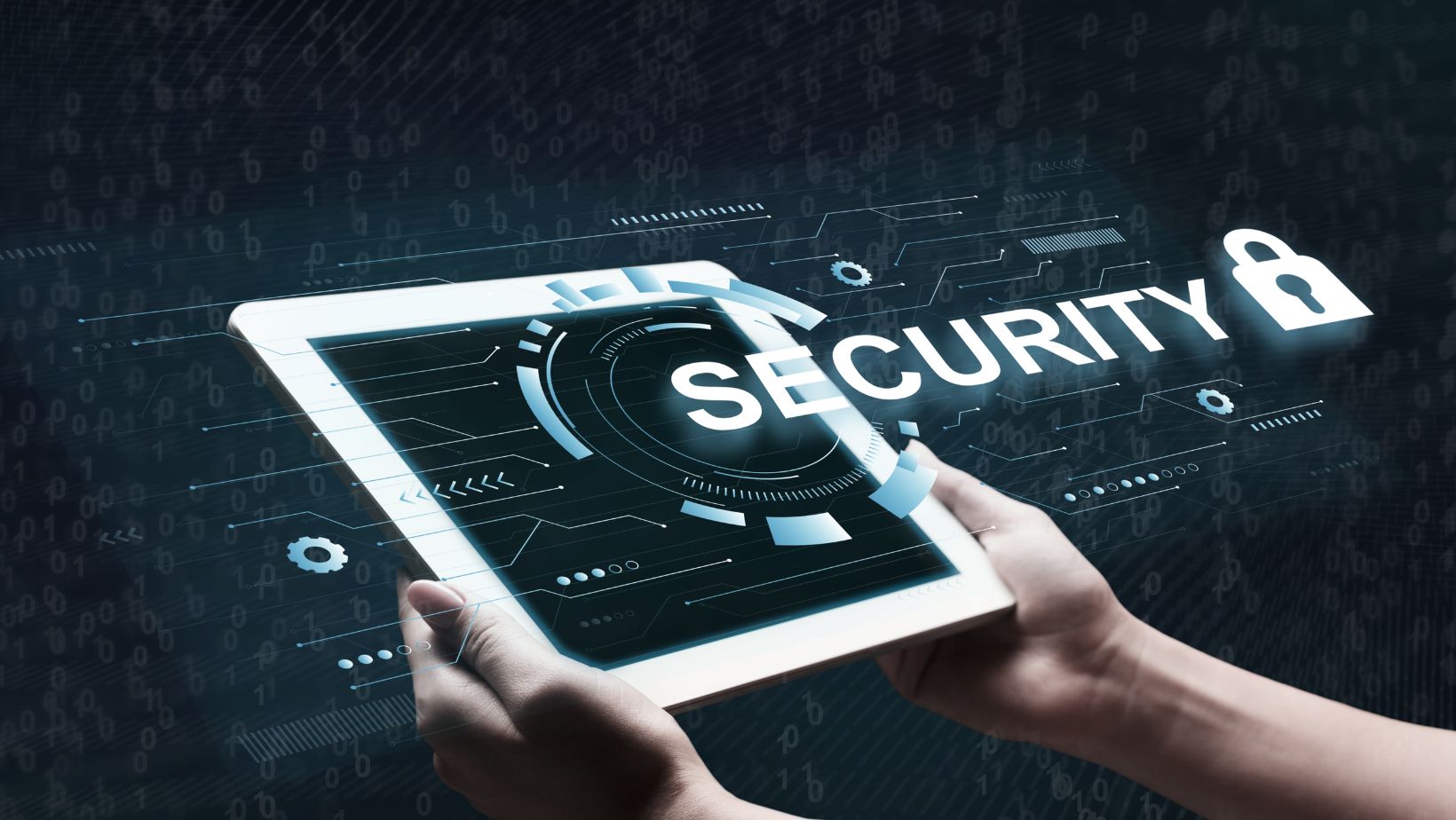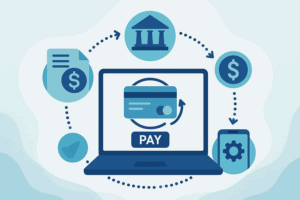
Cyber threats are growing more sophisticated, but safeguarding your digital assets doesn’t have to drain your budget. While premium security solutions can be costly, powerful open-source alternatives and budget-friendly tools offer robust protection. From automated threat detection to cloud security measures, this guide explores strategies that balance effectiveness with affordability—because cybersecurity shouldn’t come at a prohibitive cost.
Foundational Security: The Basics Done Right
A strong security foundation rests on three pillars: password management with multi-factor authentication (MFA), systematic software updates, and ongoing employee cybersecurity training. In addition to these essentials, API security has become a growing concern as businesses increasingly rely on interconnected applications. Ensuring that APIs are properly authenticated, encrypted, and monitored helps prevent data breaches and unauthorized access—especially in cloud-based environments. Each of these elements strengthens your defenses against evolving threats, ensuring your digital environment remains secure.
Password Management & Multi-Factor Authentication (MFA)
Effective cybersecurity starts with strong password protocols. Implementing password strength analysis tools ensures complex, unique credentials across all accounts. Modern password managers streamline this process, offering secure storage, breach monitoring, and automated recovery strategies.
When choosing a password manager, prioritize solutions that support secure sharing, cross-platform compatibility, and real-time breach alerts. MFA further enhances security by requiring an additional layer of verification, such as biometrics, hardware tokens, or authentication apps. This combination significantly reduces the risk of unauthorized access, even if passwords are compromised.
Regular Software Updates & Patching
Outdated software is a prime target for cyberattacks. Relying on manual patch management exposes systems to unnecessary risks. Automated patch management solutions continuously scan for vulnerabilities, schedule updates, and ensure consistent software lifecycle management—eliminating security gaps before they become exploits.
Employee Cybersecurity Training
Even the most sophisticated security tools can’t compensate for human error. Cybersecurity training transforms employees into the first line of defense. Effective training programs include:
- Phishing simulations to test responses to suspicious emails
- Gamified security modules to improve engagement and retention
- Role-specific training tailored to different departmental risks
- Real-time feedback to reinforce learning
- Microlearning sessions for ongoing security awareness
By fostering a security-conscious workforce, organizations reduce risks posed by social engineering and insider threats.
Network Security: Protecting Your Digital Perimeter
Network security requires a multi-layered approach. Next-Generation Firewalls (NGFWs), Virtual Private Networks (VPNs), and Intrusion Detection/Prevention Systems (IDS/IPS) form a robust defense against cyber threats.
Next-Generation Firewalls (NGFWs)
Traditional firewalls are no longer sufficient. NGFWs offer advanced protection through:
- Integrated intrusion prevention systems (IPS) analyzing network behavior in real-time
- Application-aware filtering to control access based on program requirements
- Threat intelligence feeds that update security policies automatically
- Deep packet inspection that examines encrypted traffic
With cloud-based NGFW solutions, organizations can deploy enterprise-grade security without heavy infrastructure investments.
Virtual Private Networks (VPNs)
VPNs encrypt data transmissions, shielding sensitive communications from cyber threats. Businesses benefit from VPNs that offer:
- Multi-device support
- Strong encryption protocols
- High-speed, reliable connections
Solutions like NordVPN Teams, ExpressVPN, and Surfshark provide secure, cost-effective options for businesses of all sizes.
Intrusion Detection/Prevention Systems (IDS/IPS)
IDS monitors network traffic for anomalies, while IPS actively blocks threats. Open-source solutions like Snort and Suricata deliver enterprise-grade protection at a fraction of the cost, making them valuable additions to any security stack.
Endpoint Security: Securing Individual Devices
A multi-layered approach to endpoint security combines Endpoint Detection and Response (EDR), Mobile Device Management (MDM), and advanced antivirus solutions.
Endpoint Detection and Response (EDR)
EDR goes beyond traditional antivirus tools by offering:
- Real-time behavioral analysis
- Continuous threat hunting
- Automated incident response
- Cloud-based deployment for cost-effective security
EDR solutions help detect and neutralize sophisticated cyber threats before they escalate.
Mobile Device Management (MDM)
With remote work on the rise, securing mobile devices is critical. MDM solutions enforce:
- Device encryption
- Controlled app installations
- Remote wipe capabilities for lost or stolen devices
Cost-effective cloud-based MDM platforms like Miradore and ManageEngine Mobile Device Manager Plus provide centralized security control without significant infrastructure investments.
Antivirus and Anti-Malware Solutions
Modern antivirus solutions use AI-driven behavioral analysis and cloud-based scanning to detect and mitigate evolving threats. Key features include:
- Real-time malware detection
- Machine learning algorithms to identify zero-day exploits
- Cloud-based sandboxing for suspicious files
- Centralized management for enterprise-wide security
Cloud-based solutions automatically update, ensuring continuous protection without manual intervention.
Cloud Security: Protecting Data in the Cloud
As businesses shift to cloud environments, securing cloud-based data becomes essential. Cloud Access Security Brokers (CASBs), Data Loss Prevention (DLP) tools, and Cloud Security Posture Management (CSPM) ensure data remains protected.
Cloud Access Security Brokers (CASBs)
CASBs enhance security by monitoring cloud service interactions and enforcing access policies. They provide:
- Real-time visibility into cloud activities
- Automated security policy enforcement
- Detection of unauthorized data transfers
Many major cloud providers integrate CASB features, making implementation seamless and cost-effective.
Data Loss Prevention (DLP) for Cloud
DLP solutions prevent unauthorized data transfers by identifying and securing sensitive information. They integrate with cloud services to:
- Monitor data movement
- Enforce compliance policies
- Prevent data exfiltration
Automated DLP tools use pattern recognition and contextual analysis to detect sensitive data across cloud environments.
Cloud Security Posture Management (CSPM)
CSPM solutions continuously monitor cloud configurations, identifying vulnerabilities before they can be exploited. Features include:
- Real-time compliance monitoring
- Automated security assessments
- Integration with AWS, Azure, and Google Cloud security tools
CSPM helps organizations proactively manage cloud security risks.
Security Information and Event Management (SIEM) Lite
Traditional SIEM solutions can be costly and complex. SIEM Lite alternatives combine essential log management with basic Security Orchestration, Automation, and Response (SOAR) capabilities.
Log Management and Analysis
Open-source tools like ELK Stack, Graylog, and Security Onion provide:
- Centralized log collection
- Real-time anomaly detection
- Automated alerting
- Forensic investigation capabilities
These cost-effective solutions enhance security monitoring without requiring extensive infrastructure investments.
Security Orchestration, Automation, and Response (SOAR)
SOAR platforms automate security workflows, reducing manual effort and response time. Key capabilities include:
- Automated threat response playbooks
- Integration with multiple security tools
- Centralized incident tracking
By streamlining security operations, SOAR solutions enhance efficiency and resilience.
Threat Intelligence Feeds
Basic threat intelligence feeds provide real-time insights into emerging cyber threats. Free resources include:
- Open Threat Exchange (OTX)
- MISP (Malware Information Sharing Platform)
- US-CERT alerts
- VirusTotal’s public API
Integrating these feeds into security operations strengthens defenses against evolving threats.
Conclusion
Cybersecurity in 2025 isn’t about spending more—it’s about implementing smarter strategies. By leveraging cost-effective tools, from password management and endpoint security to cloud protection and SIEM alternatives, organizations can build a resilient digital infrastructure without excessive costs. Investing in security is essential, but with the right approach, robust protection remains accessible to all.

















